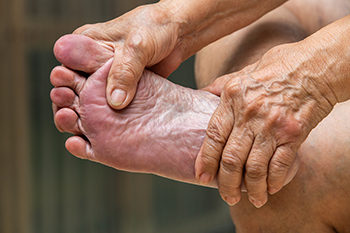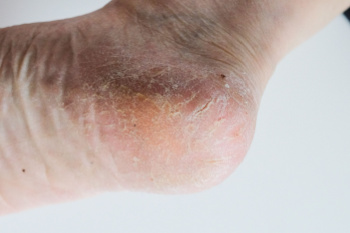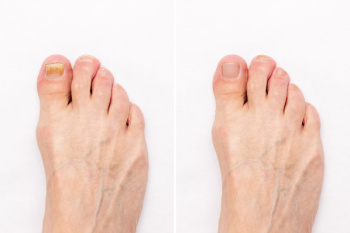
As spring emerges, it is the perfect time to revitalize your foot care routine and prepare your feet for the warmer days ahead. Begin by indulging in a thorough foot soak to cleanse and rejuvenate tired feet, using gentle exfoliation to remove any lingering winter dryness. Transition to lighter, breathable footwear to promote air circulation and reduce the risk of moisture-related issues. Keep toenails trimmed straight across to prevent ingrown nails and invest in comfortable, supportive shoes for outdoor activities. Embrace the beauty of spring blossoms during walks, but be mindful of uneven terrain to avoid potential injuries. Hydration remains key, so moisturize your feet regularly to maintain softness and suppleness. If you are seeking help with foot care, it is suggested that you make an appointment with a chiropodist.
Springtime is the season that many people use to get back into exercising and sports. It’s also a time when foot and ankle injuries may be more common. If you have a foot or ankle injury, please consult with one of the chiropodists from The Footcare Centre. Our chiropodists can help you maintain the health of your lower limbs and your mobility.
Common Foot and Ankle Problems in Spring
Plantar fasciitis
Achilles tendonitis
Shin splints
Strains
Sprains
Fractures
And more
Avoiding Injury
Increase physical activity slowly and gradually
Wear comfortable, well-fitted shoes and socks
Take time to rest following a workout
Recognize and treat any injuries promptly
Treatment at Home
Rest the injured foot
Apply ice to reduce swelling
Compress the injured foot with a bandage
Elevate the foot to prevent swelling
Serious, chronic, or particularly painful injuries require medical care by a professional. If you have any questions, please feel free to contact our office located in . We offer the newest diagnostic and treatment technologies for all your foot care needs.





